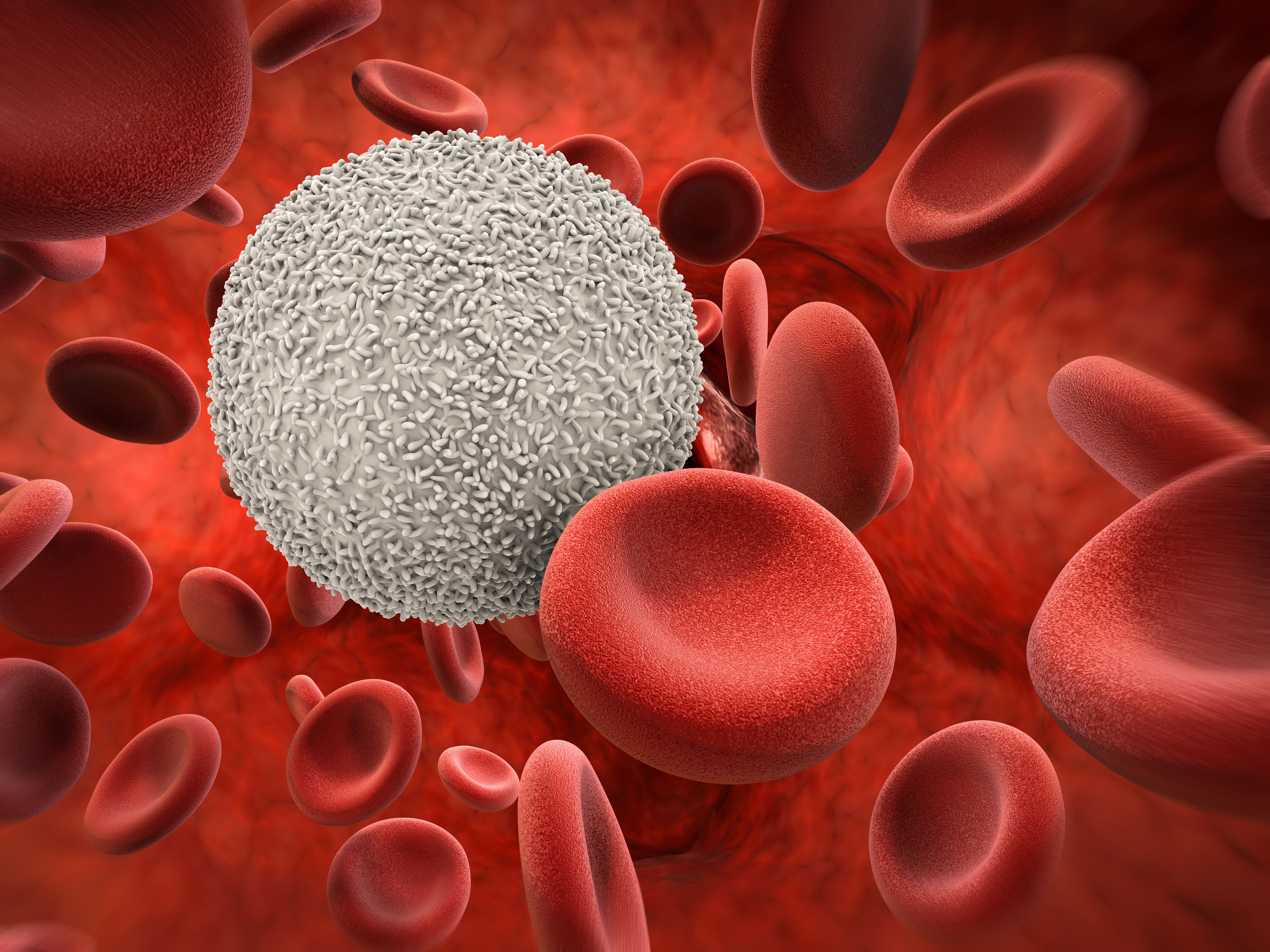Pirtobrutinib Demonstrates High Activity in Heavily Pretreated Waldenström Macroglobulinemia
Phase 1/2 BRUIN study results show high response rates in patients with Waldenström macroglobulinemia who were treated with pirtobrutinib.

In 80 patients with Waldenström macroglobulinemia (WM) treated in the phase 1/2 BRUIN study (NCT03740529), the non-covalent Bruton tyrosine kinase (BTK) inhibitor pirtobrutinib achieved high levels of response in heavily pretreated patients with Waldenström macroglobulinemia (WM), regardless of prior treatment with a covalent BTK inhibitor, according to findings presented at the 2022 ASH Annual Meeting.1
Across all patients with WM treated with pirtobrutinib, the major response rate (MRR) was 71.3% (95% CI, 60.0%-80.8%). In patients treated with at least 1 prior covalent BTK inhibitor (n = 63), the very good partial response (VGPR) rate with pirtobrutinib was 23.8% and the partial response (PR) rate was 42.9%, for an MRR of 66.7% (95% CI, 53.7%-78.0%). In BTK inhibitor–naïve patients (n = 17), the MRR was 88.2% (95% CI, 63.6%-98.5%), which included a VGPR rate of 29.4% and a PR rate of 58.8%.
“Pirtobrutinib demonstrated promising efficacy in this cohort of heavily pretreated relapsed/refractory WM patients, including among patients who received prior chemoimmunotherapy and covalent BTK inhibitors,” lead author c, attending physician from Memorial Sloan Kettering Cancer Center, said during a presentation of the results. “The depth of response observed, as identified by the favorable VGPR rate, is notable in the subset of patients with prior covalent BTK inhibitor therapy.”
The BRUIN study enrolled patients with previously treated B-cell malignancies (N = 773), which included those with WM (n = 80). A dose-escalation portion was utilized in the phase 1 portion of the study (doses ranging from 25 mg to 300 mg once daily; n = 7), with a recommended phase 2 dose (RP2D) identified of 200 mg once daily. Overall, 91% of patients received the RP2D as the starting dose (n = 73/80). There were 63 patients who received a prior covalent BTK inhibitor and 17 who were BTK inhibitor naive.
Baseline characteristics were similar between those who received a prior BTK inhibitor and those who had not. The median age of patients was approximately 69 years (range, 42-84). Patients had received a median of 3 prior therapies (range, 1-11) in the prior BTK inhibitor arm compared with 2 in the naive group (range, 1-4). Nearly all patients in both groups had received a prior anti-CD20 antibody (92% and 94%, respectively). In the prior BTK arm, 79% of patients had previously received a combination of an anti-CD20 antibody, chemotherapy, and a BTK inhibitor.
The most common International Prognostic Staging System (IPSS) WM score was intermediate in both groups (60% in prior vs 82% in naïve groups). Lymphadenopathy was present in 59% of patients in both arms and splenomegaly was seen in 29% of those in those who received a prior BTK inhibitor and for 18% in the naïve group. The most common reasons for prior BTK inhibitor discontinuation were progressive disease (65%) followed by toxicity or other (33%).
Similar MRR rates were seen across all subgroups of patients. In those with MYD88-positive disease (n = 61), the MRR was 70.5% (95% CI, 57.4%-81.5%). Those with MYD88-negative disease (n = 7) had an MRR of 85.7% (95% CI, 42.1%-99.6%). Patients with an IPSS score of intermediate (n = 52), had an MRR of 71.2% (95% CI, 56.9%-82.9%), which was similar across all other IPSS risk categories. Patients treated with prior anti-CD20, chemotherapy, BTK inhibitor triplet therapy had an MRR of 68.0% with pirtobrutinib (95% CI, 53.3%-80.5%).
The median progression-free survival (PFS) with pirtobrutinib for those treated with a prior BTK inhibitor was 19.4 months (95% CI, 15.1-22.1). The 18-month estimated PFS rate was 57.1%.The median overall survival (OS) in this group was not yet achieved with an 18-month estimated OS rate of 81.7%. The median follow-up for PFS was 14 months and it was 16 months for OS. Overall, 55.6% of patients receiving a prior BTK inhibitor remained on treatment with pirtobrutinib.
The safety profile of pirtobrutinib was assessed across all 773 patients with B-cell malignancies enrolled in the phase 1/2 BRUIN study. The median time on treatment for this analysis was 9.6 months, and discontinuation due to a treatment-related AE (TRAE) was 2.6% (n = 20). Dose reductions due to TRAEs were needed for 4.5% of patients (n = 35). “The overall and WM safety profiles were generally consistent,” Paloma noted.
The most frequently observed treatment-emergent adverse events (TEAEs) of any grade were fatigue (28.7%), diarrhea (24.2%), neutropenia (24.2%), and bruising (23.7%). The most observed TRAEs were bruising (15.1%), neutropenia (14.7%), contusion (12.8%), fatigue (9.3%), diarrhea (9.3%), rash (6.0%), and anemia (5.2%). Grade 3 or greater TRAEs were infrequent, with neutropenia (11.5%) and anemia (2.1%) being the most common.
“One striking property of this drug is the really low toxicity,” said Paloma. “It was extremely easy to give, particularly for patients who experienced a lot of toxicity with other BTK inhibitors.”
Several studies are currently under way to further explore the role of pirtobrutinib across B cell malignancies, particularly for patients with chronic lymphocytic leukemia (CLL). The phase 3 BRUIN CLL-313 study (NCT05023980) is assessing pirtobrutinib compared with bendamustine plus rituximab (Rituxan) for untreated patients with CLL. “A study with Waldenström is also going to be conducted in the first line,” Paloma said.
Other studies are also exploring pirtobrutinib as a member of a combination regimen. The phase 3 BRUIN CLL-322 study (NCT04965493) is examining the non-covalent BTK inhibitor with venetoclax (Venclexta) and rituximab compared with venetoclax and rituximab alone for previously treated CLL.
Reference
Paloma ML, Patel MR, Eyre TA, et al. Efficacy of pirtobrutinib, a highly selective, non-covalent (reversible) btk inhibitor in relapsed / refractory Waldenström macroglobulinemia: results from the phase 1/2 BRUIN study. Blood. 2022;140(suppl 1):557-560. doi:10.1182/blood-2022-159123